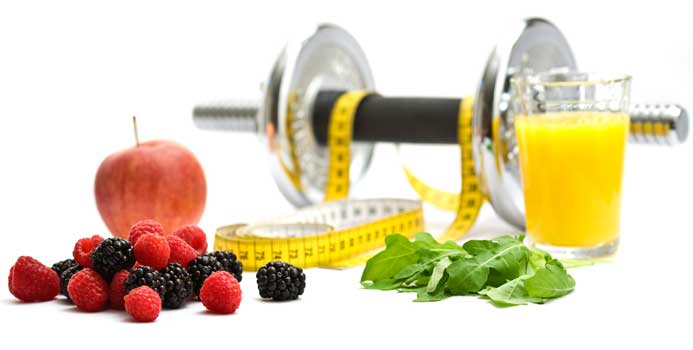
Low-salt content foods, such as fresh fruits and vegetables, are those that contain less than 0.25 g salt, or less than 0.1 g sodium per 100 g food. Foods with moderate amounts of salt, such as cheese, butter and chicken, are those that contain 0.25 to 1.25 g salt or 0.1 to 0.5 g sodium per 100 g food. High-salt content foods, such as processed foods and condiments, are those that contain more than 1.25 g salt or more than 0.5 g sodium per 100 g food.
Opt for Something FreshEating more fresh fruits and vegetables is the best way to reduce your salt intake. Frozen or canned fruits and vegetables will also do as long as they are labeled low sodium or no salt added. Rather than using processed or cured sources of protein (such as bacon, canned meat and smoked fish), use fresh and lean alternatives from the market (such as newly caught fish, fresh poultry and lean meat). The use of cured foods (such as hams), foods packed in brine (such as pickled vegetables) and condiments (such as ketchup and soy sauce) should be limited, if they cannot be fully avoided. Rice, pasta and hot cereals can be cooked without salt. The instant or flavored counterparts usually have added salt, so it is better to cut back on these options.
Use Alternatives to SaltThere may be instances wherein you really cannot avoid salt. Do not worry because there will always be better alternatives. There are ready-to-eat breakfast cereals and convenience foods with low sodium contents. Try to remove some of the sodium from canned foods, such as tuna and beans, by rinsing them. Add flavor and zest to your meals using spices instead of salt. Basil leaves, garlic, onions, citrus juices and vinegar can be mixed and matched to satisfy your taste buds.
Request for Less Salt in FoodsMost restaurants are willing to accommodate requests, so ask them to prepare your foods without added salt, monosodium glutamate or salt-containing ingredients. Move the saltshaker away from your table to avoid the temptation.



